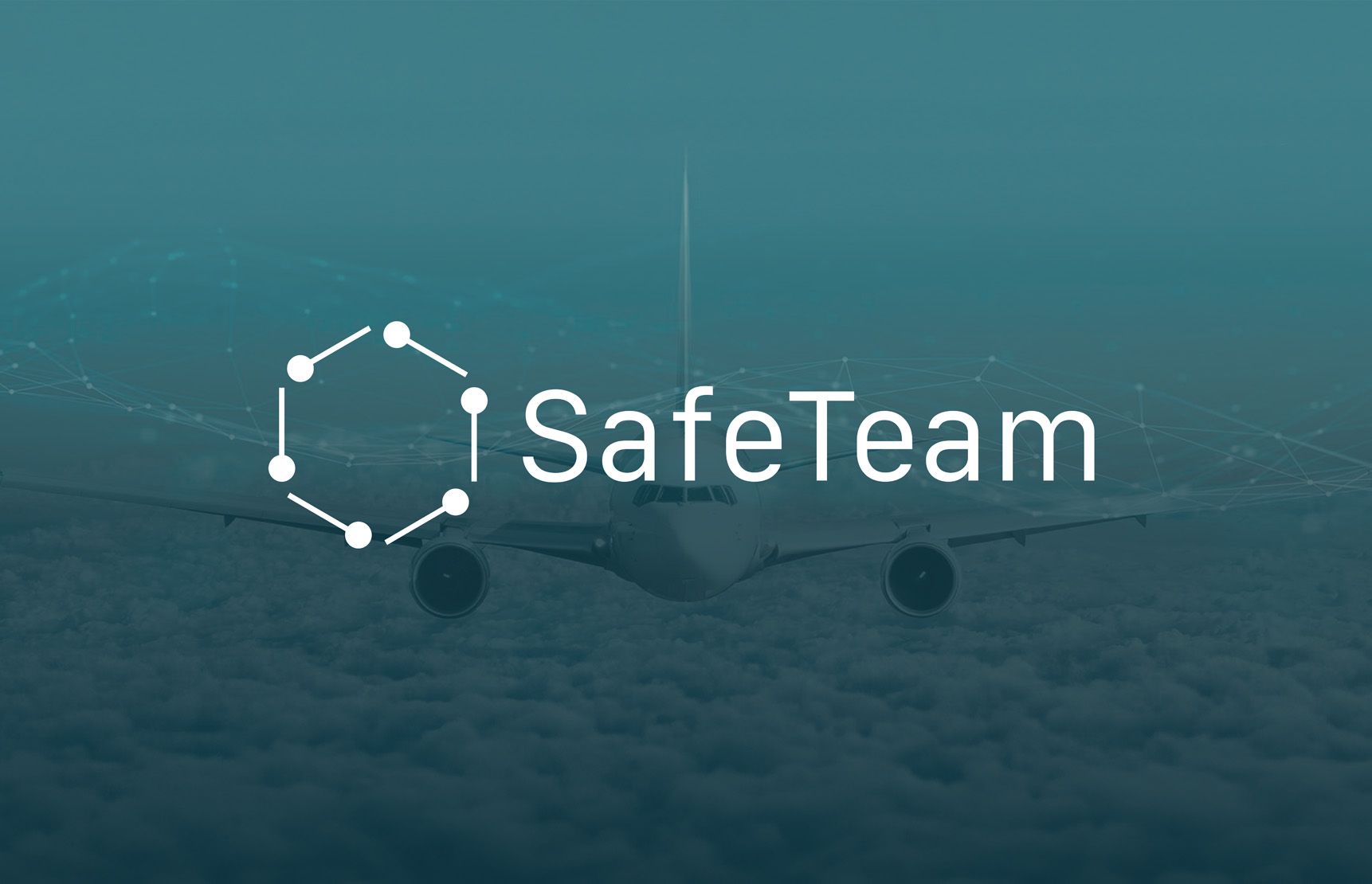
Computer vision and privacy in a post covid19 era
Dario Martinez
The current Covid-19 crisis has introduced the idea of a global pandemic as a serious threat to public health and the global economy. This pandemic is not the first and, without a doubt, won’t be the last. In order to prepare ourselves for the next pandemic, Artificial Intelligence based solutions will be crucial. As a result of this, hundreds of research teams around the world are combining their efforts in collecting data and developing predictive analytics solutions. In particular, a relatively novel machine learning research field is proving to be a new, effective AI solution: computer vision.
In past blog posts, we have leveraged what this crisis would mean for the aviation sector and we presented a very interesting introduction to computer vision. In this post, we will take a brief look at some computer vision applications that would help fight pandemics and how they could be implemented in the Aviation sector.
Social distancing monitoring
Computer vision to monitor social distancing is probably one of the best applications of existing image recognition algorithms. We have already seen countless algorithms that can effectively detect people in an image. It’s about time that someone applied this state-of-the-art to pandemics.
AI Hub Singapore created a mobile application (SafeDistancer) that alerts when minimum social distancing requirements are not met in the context of business. By using the phone camera, the application can send an alert when someone is not maintaining the minimum distance. Although the applicability is very restricted to mobile devices, it shows how computer vision algorithms are possible in portable devices. It has opened the door to multiple viable applications that use portable cams.
Numina is a company specialised in data-driven solutions for monitoring traffic and movements. Previously, the company was focused on AI-solutions to help cities plan traffic, including cars, pedestrians, and others using busy streets. Now, its tools have enabled a new form of monitoring, mainly measuring social distancing in cities such as New York. Multi-object tracking in video enables objects, and their pathways as they move through a space, to be monitored and focused on while real-time analytics enable measurements to be made.
Clinical results classification and remote diagnostics
We have seen that one of the effects of a pandemic is the collapse of health services. In this context, developing and testing automated diagnostic tools is going to be a huge research topic in upcoming years. Applications with deep learning algorithms are being tested as a way of classifying Covid-19 cases. Applying such algorithms to different image recognition models of CT scan images has shown promising results, where research has shown over 98% sensitivity and 92% specificity in identifying Covid-19 [ref. 1]. This is especially relevant as doctors sometimes may have difficulty distinguishing normal pneumonia from Covid-19. Using CT scans, doctors reported specificity ranging between 60–70%; this difference in specificity indicates that AI and deep learning methods in image classification could improve the accuracy of diagnosis even in comparison to trained professionals.
A more cutting-edge solution has been presented by two prominent start-ups (Hoobox and Radsquare): a thermal camera armed with facial recognition algorithms that can scan faces and measures temperatures automatically. To detect fever, the system first identifies the face and precisely extracts points from the corners of the eyes, discarding “noise samples” such as sweat. The results have been so positive a Brazilian hospital has installed the system to measure the temperature of visitors and staff.
Applications in Aviation
An already challenged industry has been further complicated by COVID-19. Federal, state and local guidelines, travel restrictions and self-quarantine requirements are changing daily. In this context, it is about time that similar image recognition algorithms are implemented in airports. Similar applications to the ones presented could be easily translated in this context.
One specific example could be a monitoring system that alerts violations of minimum social distancing in transit areas and gate queues. Furthermore, more advanced descriptive studies can be crucial for detecting risks and identifying hotspots such as specific gates or peak hours/dates. On a more futuristic nore, predictive tools for forecasting occupation using machine learning could help plan unseen situations hours, days or even months after.
That’s cool… But what about my privacy?
There is no doubt that the Covid-19 crisis will increase the use of AI-based solutions, especially with the use of computer vision in public spaces. The massive adoption of monitoring tools will undoubtedly lead to debates concerning privacy. Indeed, the crisis has created a very difficult situation for defending public health without compromising privacy, and privacy has so far been far outweighed in favor of health.
In this context, being able to incorporate de-identification layers in the data processing pipelines must be a strong consideration. Furthermore, standards for legally framing privacy preserving algorithms should be a topic of discussing, and governments should start considering regulations. There is certainly a fear of misusing this voluntarily uploaded data in a post-Covid setting.
From an engineering point of view, the systems implemented would need to meet two minimum requirements: First, the processing data pipeline would need to be done on-device without sending the images across the network. Second, the system should not be designed to recognise faces and also shouldn’t contain a persistent storage unit to store images.
Another completely different issue is finding massive datasets to train the predictive computer vision algorithms. But in the end, consumers and people in public may be less wary of their privacy than what we think — after all, if you are willing to swap your face in a shady phone app, why would you care about you face being used for preserving public health?
———-
References
- Gozes, O. et al. Rapid AI Development Cycle for the Coronavirus ( COVID-19 ) Pandemic : Initial Results for Automated Detection & Patient Monitoring using Deep Learning CT Image Analysis Article Type. Radiol. Artif. Intell. (2020). DOI: arXiv:2003.05037


